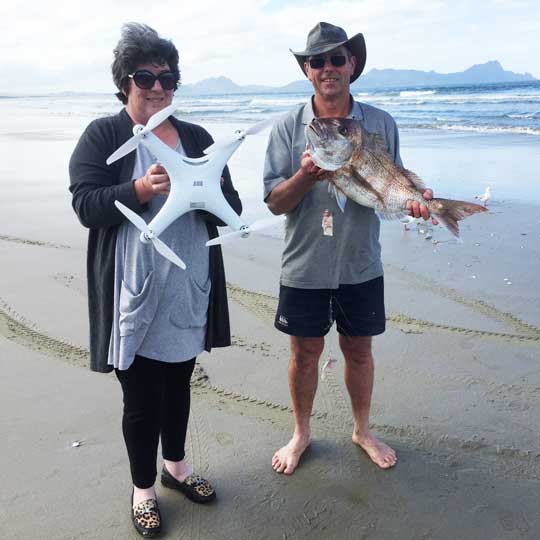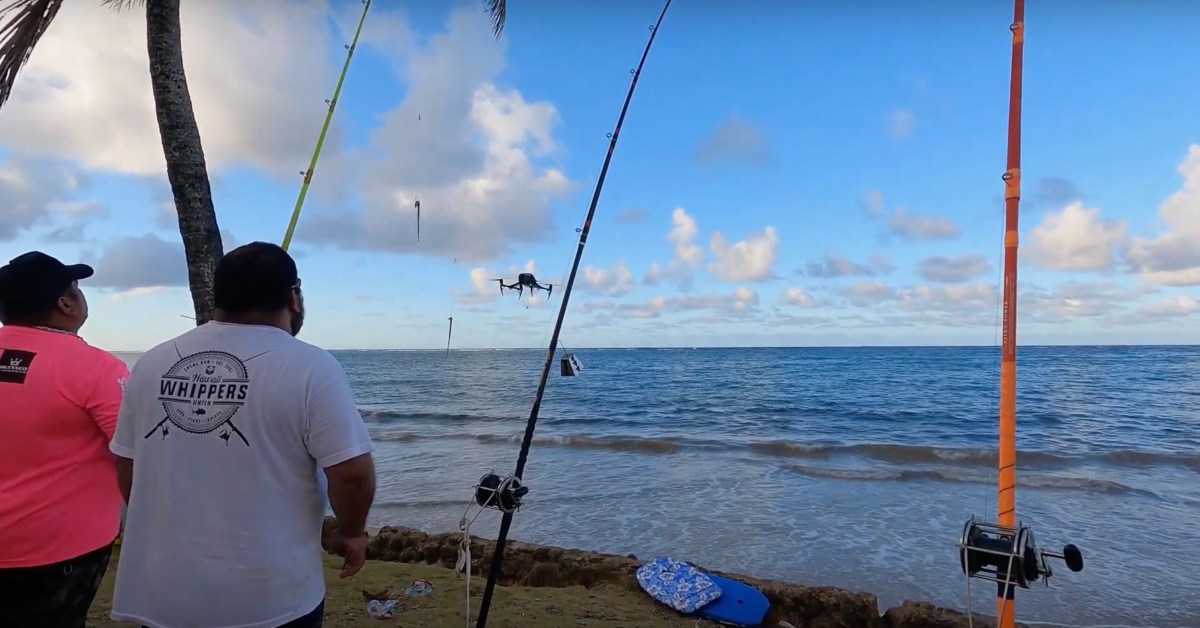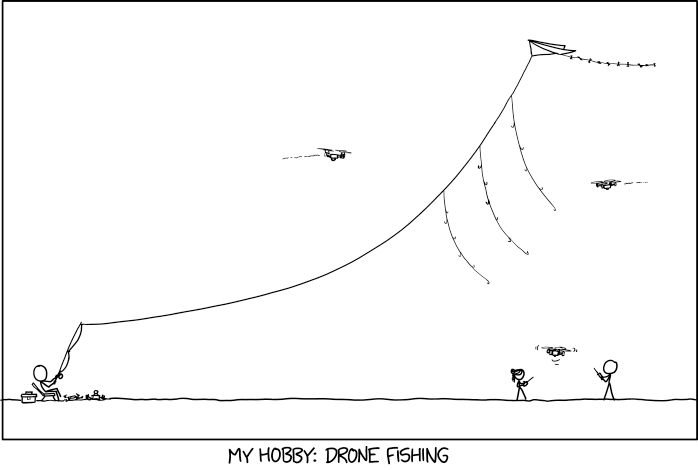
You can use a drone to see the waters surrounding your property if a fisherman is an avid one. The drones can be equipped with a variety of features, including a GPS positioning system, a GPS receiver, a GPS receiver, a GPS payload release, and an angle adjustable camera. There are also fishing lines available that can be used for fishing. They are very stable and secure. One example of such a drone is the SKY RIGGER.
SKY RIGGER is a drone fishing line
The SKY RIGGER flexible fishing line system allows you to fish from the sky with minimum effort. The system has two rotating leg clamps that can be mounted on a wide variety of drone models. The release mechanism includes a bayonet connector and a cam-lock arm, which allows you to quickly unlock the line clamps. Sky RIGGER is unlike other drones and can be used for all types of fishing.
The SKY RIGGER's automatic release mechanism allows for the release of the fly when a fish strikes it. You can also manually let go of the line by using your rod or hand. This feature is standard on all SKY RIGGER models. It is recommended that you purchase a Phantom 3 before purchasing the new SKY RIGGER. A few pros and cons of the new line system:
It features a mechanical payload release
The mechanical payload release is a key feature of a drone. Many of them allow anglers to quickly and easily release their fishing line. However, some models do not have a release mechanism. Instead, users must "yank the fishing line" to free the drone. This can be frustrating, especially for people who aren’t comfortable using their fingers to release the line.

Another important feature of the drone's payload release system is its size. When a fish strikes, the payload must be able release the line from the drone. Before you try this method, it is important that you practice catch-and-release fishing. The fish cannot be pulled to shore and then released back into the water. Many people have experienced good results using the DJI Phantom drone. However, this technology has not yet reached the level of fishing drones that are available on the market.
It is equipped with a GPS positioning system
Rippton, a joint venture between Australia and the Netherlands that specializes on technology-oriented fishing products, is called Rippton. Its mission is to increase angler success rates through the development of products that enhance fishing experience. Rippton's Mobula drone is equipped with a GPS positioning device and remote release. The Mobula can be used to store bait at the surface and provide resistance against kite clips. It is also environmentally friendly.
It is lightweight and weighs just 3 lbs. It can fly for up 18 minutes. It is also equipped with a high-tech GPS system that allows it to control it from up to 2,000 yards away. The range is 1000 meters or half a miles. Intelligent flight modes are also available. It can take high-quality pictures of its surroundings thanks to its point of interest function. The camera's high resolution allows for great views of fish.
It also has an failsafe feature
The Aerokontiki fisherman drone comes with a failsafe feature: it monitors the battery level and releases the fishing line when needed. It will return to dry land if the battery runs out and continue its mission. It uses industrial-grade flight controllers and can operate anywhere without recalibration. The drone can be used in even the most challenging water spots, and is waterproof.

FAQ
What US states do drones are legal in?
You can legally operate a drone for hobby purposes. The Federal Aviation Administration (FAA), has established guidelines that allow the use of small unmanned aircraft systems (UASs). These UASs must be registered with the FAA before they can be flown. Commercial operators can also fly these devices provided certain conditions are met by the FAA.
Where can a drone be purchased?
Many different drones are available online. Some prefer to buy their drones from Amazon, eBay, or Walmart. Others prefer to purchase their drones directly at the manufacturer.
Is the FAA able to regulate drones?
The FAA oversees all aspects of drone operations, including safety standards, certification requirements, and licensing procedures.
Statistics
- According to the multiple listing service (MLS), houses and apartments with drone photographs are up to 68 percent more likely to sell than those without pictures. (thedroneu.com)
- According to ZipRecruiter, the minimum hourly wage of drone pilots is $20. (thedroneu.com)
- With the top 10% making over $100/h and the bottom 10% making as low as $10/h. (dronesgator.com)
External Links
How To
How to Fly Drones With Beginners
A drone refers to a remote-controlled aircraft designed for aerial photography, surveillance and scientific research. Drones have been in use since World War II. However, commercial use began in 2010 when DJI released their Phantom series of quadcopters. There have been many types of drones since then, including beginner-friendly drones like the Parrot AR Drone 2.0 and professional-grade multi-rotor crafts like the DJI Mavic Pro.
There are many options for flying a drone.
-
Remote control - This allows you to control the drone from your hand. There are two main types for controllers: Joysticks or On/Off switches, which can be used to control the drone's flight path.
-
Manual Control – This allows remote operation of the drone via GPS coordinates using a smartphone application. You must keep track of the location where you want the drone to go and follow the instructions from the app.
-
Autonomous flight - The drone takes over the piloting duties. It is basically flying autonomously and without human intervention. A drone must have a builtin camera and sensors capable to capture images and other data.
-
Triggered Flight: This is similar in concept to manual control. The pilot manually creates a route and the drone then follows it until it reaches that endpoint. After the preprogrammed route is complete, the drone will automatically land and return to its base.
-
Landing Gear – A few drones come with landing gear. This allows them land safely in the event of losing power or running out of battery.
-
Goggles - Some pilots wear goggles to protect themselves from debris while operating.
-
Camera - Some drones can be equipped with cameras which enable you to capture photos from the sky.
-
Obstacles. Some drones can have obstacle avoidance technology that stops them from hitting obstacles.
-
Speed - Some drones reach speeds exceeding 40 mph.
-
Battery Life - Most drones are capable of lasting between 20 minutes and three hours, depending on the power that you use.
-
Range - Some drones can travel upto 30 miles depending on their models.
-
Power source - Not all drones can use an external power source. Others can run on internal batteries.
-
Weight - Some drones have a weight of less than 1 pound and others weigh 4 lbs.
-
Size - Drones come in many sizes, from small gadgets that fit in one's hands to large craft that weigh more than 50 lbs.
-
Price - Drones come in a variety of price categories, including high-end models which can run into the thousands and low-cost options that can start at $100.